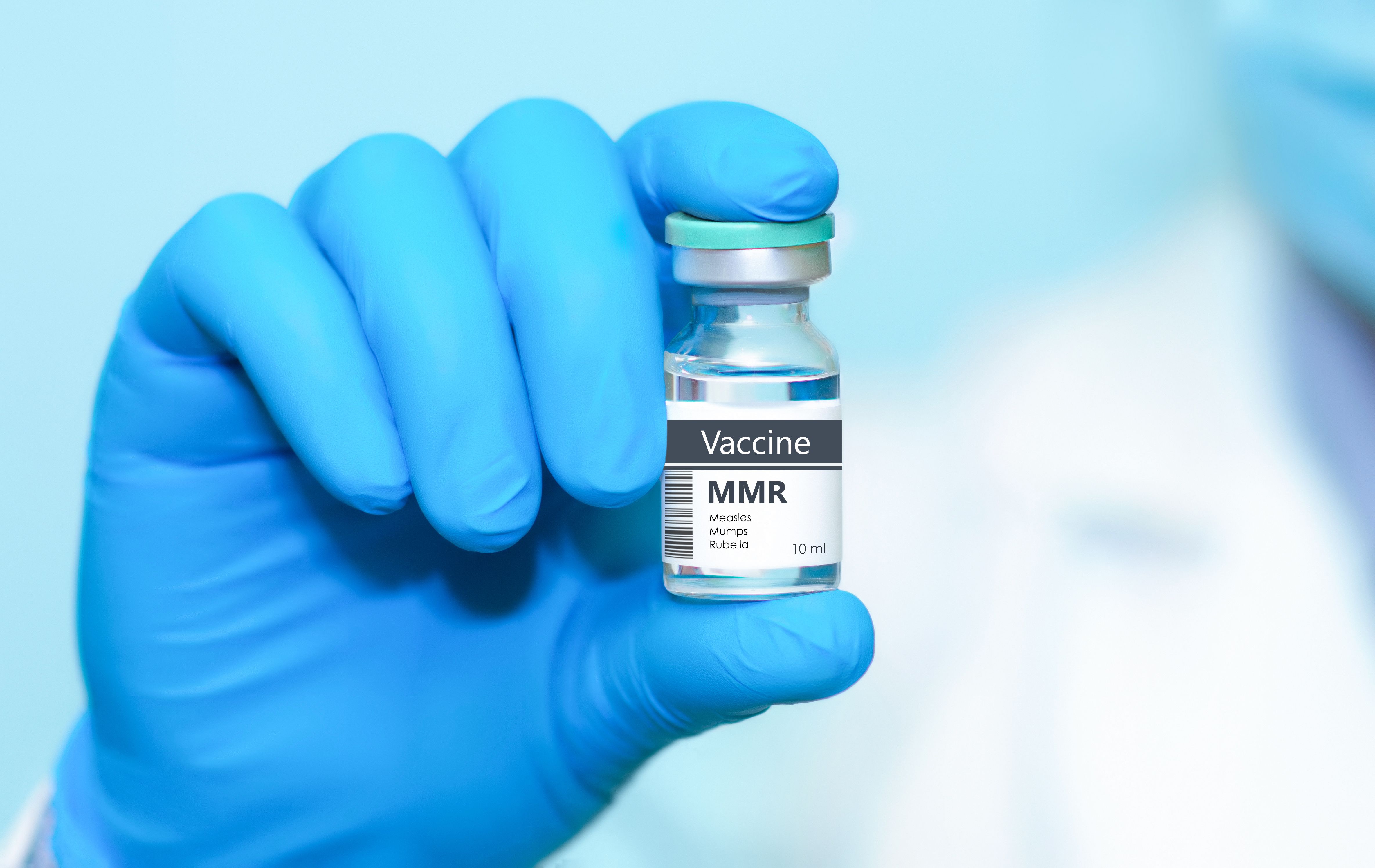The measles vaccine plays a significant role in preventing childhood mortality while reducing widespread childhood infections. However, achieving the desired immunization rates continues to remain a challenge in certain countries. To investigate this further, authors of a study published in Preventative Medicine Reports evaluated the impact of socio-demographic factors on measles vaccination uptake among children living in South Asian countries.
For this study, a total of 89,513 participants were enrolled between 2015 and 2021 from recent South Asian Demographic and Health Survey (DHS) datasets. The data consisted of factors relating to the uptake of first dose of measles-containing vaccine (MCV1) and the second dose (MCV2) among children younger than 5 years. Additionally, the data focused on the age subgroups of 12 to 23 months and 24 to 35 months, and also accounted for the vaccinations that are advised during the first 2 years of life.
Further, when reviewing DHS databases, caregiver recall of vaccinations was considered a form of evidence of vaccination uptake. Both MCV1 and MCV2 were considered “dependent variables” and were measured as 2-category dummy variables. Additionally, to implement the results and determine influencing factors that could affect the MCV1 and MCV2 uptakes among children younger than 5 years, 17 independent variables were incorporated, including current maternal age, mother’s age at first birth, mother’s education, place of residence, child’s gender, wealth index, as well as other variables.
Key Takeaways
- Vaccination Uptake Disparities: The study highlights significant disparities in measles vaccination uptake across 6 South Asian countries, with Afghanistan having the lowest uptake rate for the first dose of measles-containing vaccine (MCV1; 51.7%) and India showing the lowest coverage for the second dose of measles-containing vaccine (MCV2; 38.1%). Uptake was generally lower for MCV2 compared to MCV1 across the region.
- Influence of Maternal Age and Education: Maternal age and education were significant factors influencing vaccination rates. Children born to younger mothers (aged 15-19 years) had lower MCV1 and MCV2 uptake, whereas children born to mothers aged 20 to 25 years as well as 25 and older had much higher rates. Additionally, maternal education levels and urban residence were positively associated with higher vaccination rates.
- Need for Increased Awareness: The study emphasizes the need for greater awareness and education among parents about the importance of completing both doses of the measles vaccine to improve coverage and uptake. The findings also suggest that targeted interventions considering socio-demographic factors may be crucial for improving measles vaccination rates in South Asia.
According to the findings, among 6 South Asian countries, Afghanistan had the lowest MCV1 vaccination rate of approximately 51.7%. Additionally, MCV2 coverage was consistently low across the 6 selected countries, with the lowest proportion of vaccinated children in India (38.1%).
Further, MCV1 vaccination uptake was lowest among children who were born to mothers aged 15 to 19 years (n = 1918; 56.1%), but uptake was higher among mothers aged 20 to 25 (n = 22,797; 69.5%) and older (n = 39,592; 74.3%). Additionally, MCV2 uptake was lower than MCV1, with only 606 children (19.7%) of mothers aged 15 to 19 years and 7026 children (22.7%) of mothers aged 20 to 25 receiving their MCV2 vaccination.
The investigators observed that place of residence was statistically significant for both MCV1 and MCV2, and in urban and rural areas, approximately 75.7% (n = 18,710) and 70.4% (n = 45,597) of children, respectively, were vaccinated for MCV1. Another variable considered statistically significant for vaccination uptake were parents’ educational status. Sex of children was a statistically insignificant variable, and although the variable number of children was not considered significant for MCV2 uptake, it was statistically significant for MCV1 uptake. Additionally, MCV1 uptake decreased in relation to increasing birth order.
Mothers aged 20 to 25 and 25 and older were about 2.58 (95% CI: 2.38-2.81) and 5.55 times (95% CI: 5.06-6.09) more likely to immunize their child for MCV1, respectively. For these 2 age groups, a similar finding was observed for both MCV1 and MCV2 uptake (mothers aged 20-25: 1.37; 95% CI 1.24-1.51; mothers aged ≥25: 1.41; 95% C.I: 1.27-1.57).
According to the investigators, a limitation of the study may be potential biases during sampling and enrollment. Additionally, MCV2 vaccination was not available in the DHS dataset for Nepal—1 of the 6 countries included—resulting in its exclusion from the MCV2 uptake analysis. The investigators urge that more awareness is needed among parents regarding full doses of measles vaccination in order to improve vaccination uptake.
REFERENCE
Mahazabin M, Tabassum N, Syfullah SMK, Majumder UK, Islam MA. Socio-demographic factors affecting the first and second dose of measles vaccination status among under-five children: Perspectives from South Asian countries. Preventive Medicine Reports. 2024;45:102839. doi:10.1016/j.pmedr.2024.102839






